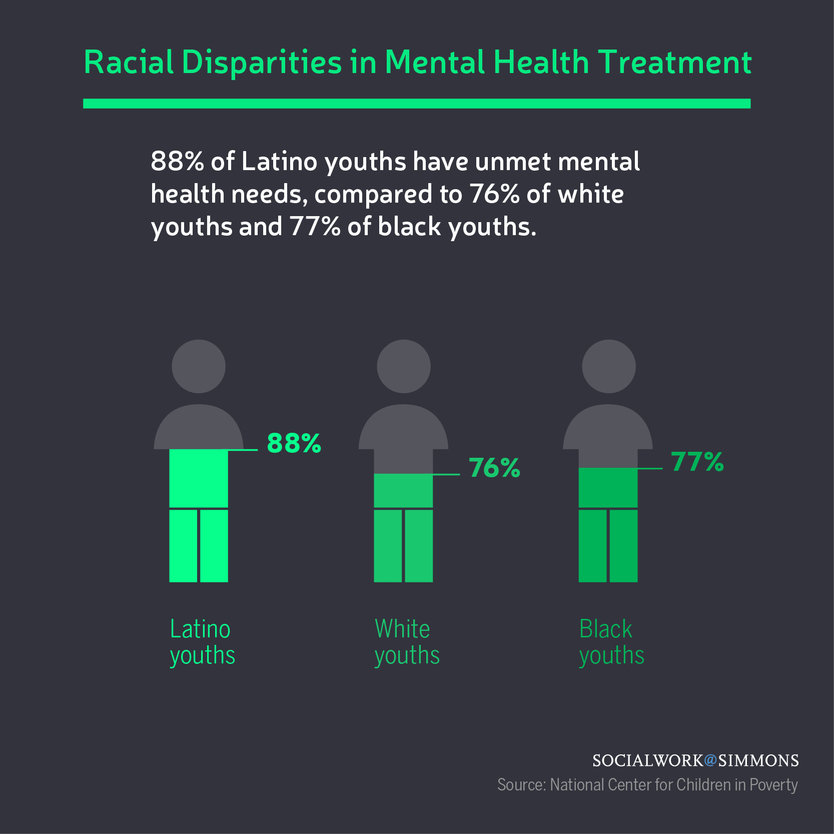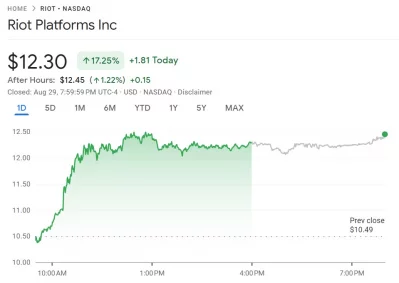Mental Health Claim Rates: Low Percentage, High Costs, And Stigma's Impact

Table of Contents
The Low Percentage of Mental Health Insurance Claims
Underutilization of Mental Health Benefits
The low percentage of mental health insurance claims reflects a significant underutilization of available benefits. Several factors contribute to this concerning trend:
-
Lack of awareness: Many individuals are unaware of the mental health benefits included in their insurance plans. This lack of knowledge prevents them from seeking necessary care. Many policies offer coverage for therapy, medication management, and even inpatient treatment, yet these benefits remain untapped.
-
Fear of judgment/stigma: The pervasive social stigma surrounding mental health is a major barrier. Individuals fear judgment from employers, family, friends, and even healthcare providers, leading them to avoid seeking professional help. This stigma often translates into a reluctance to disclose mental health concerns and file insurance claims.
-
Accessibility issues: Access to mental healthcare services remains a significant challenge. Long wait times for appointments, limited availability of in-network providers, and geographical barriers all contribute to underutilization. Finding a therapist who aligns with one's needs and insurance coverage can be a daunting task.
-
Cost concerns: Even with insurance coverage, out-of-pocket expenses like co-pays, deductibles, and prescription costs can be prohibitive for many individuals. These financial hurdles further discourage individuals from utilizing their mental health benefits.
-
Specific Statistics: While precise statistics vary depending on the country and insurance provider, studies consistently reveal that mental health claim rates are significantly lower than physical health claim rates. For example, rates for anxiety and depression treatment are often considerably lower than those for chronic physical conditions like diabetes or hypertension. This disparity points towards a systemic problem needing immediate attention. Further research is required to gather accurate and comprehensive data on mental health insurance claims across various demographics.
The High Costs Associated with Untreated Mental Health Conditions
The Economic Burden of Untreated Illness
Delaying or avoiding treatment for mental health conditions leads to a substantial increase in healthcare costs over time. The economic burden extends beyond direct medical expenses:
-
Lost productivity: Untreated mental illness significantly impacts productivity. Absenteeism from work is common, and even when present, presenteeism (reduced productivity while at work) further diminishes output. This results in significant economic losses for both individuals and employers.
-
Increased hospitalizations: Severe mental health crises often result in costly hospitalizations. Early intervention and ongoing treatment can significantly reduce the likelihood of such crises.
-
Substance abuse: Self-medication with drugs and alcohol is a common coping mechanism for untreated mental health issues. This leads to further healthcare complications and expenses related to substance abuse treatment.
-
Impact on family: The emotional and financial strain on family members providing unpaid care for individuals with untreated mental illness is often substantial. This burden is often overlooked when assessing the total economic impact.
-
Economic Impact Statistics: Studies show that the total economic burden of untreated mental illness is staggering, encompassing direct medical costs, indirect costs like lost productivity, and societal costs. The numbers underscore the critical need for accessible and affordable mental healthcare. Investing in early intervention and preventive measures is far more cost-effective than addressing the consequences of untreated mental illness.
The Role of Stigma in Preventing Mental Health Claim Submissions
Breaking Down the Barriers
The pervasive nature of stigma significantly impacts an individual's willingness to seek help for mental health concerns. This stigma creates various barriers:
-
Fear of discrimination: Individuals fear discrimination in employment, social relationships, and family dynamics if their mental health condition is revealed. This fear can lead to avoidance of treatment and prevent them from filing insurance claims.
-
Misconceptions and misinformation: Many misconceptions and misinformation surround mental illness. Addressing these myths through education and public awareness campaigns is crucial.
-
Lack of understanding: A lack of understanding and empathy from society at large contributes to the stigma. Greater public awareness and education are necessary to foster a more supportive and accepting environment.
-
Examples of Stigma's Impact: Stigma can manifest in many ways, from subtle biases to overt discrimination. It can lead to individuals delaying seeking help, opting for inadequate self-treatment, or completely avoiding seeking professional assistance. Effective strategies to reduce stigma include promoting open conversations about mental health, challenging negative stereotypes, and highlighting the importance of seeking help. Initiatives supporting mental health awareness and education are crucial in creating a culture of acceptance and support.
Conclusion
Low mental health claim rates, high costs associated with untreated conditions, and the significant impact of stigma are interconnected issues. Addressing the stigma surrounding mental health and improving access to care are paramount. By promoting mental health awareness, challenging societal biases, and ensuring affordable access to mental health services, we can reduce the financial burden and dramatically improve the well-being of millions. Learn more about your mental health insurance coverage and take the first step towards better mental health today. Don't let stigma prevent you from accessing the mental health benefits you deserve.

Featured Posts
-
 Gaza Relief In Jeopardy Aid Ship Under Attack Near Malta
May 03, 2025
Gaza Relief In Jeopardy Aid Ship Under Attack Near Malta
May 03, 2025 -
 Is Riot Platforms Riot Stock A Good Investment Comparing It To Coinbase Coin
May 03, 2025
Is Riot Platforms Riot Stock A Good Investment Comparing It To Coinbase Coin
May 03, 2025 -
 Loyle Carner Dublin 3 Arena Gig Announced
May 03, 2025
Loyle Carner Dublin 3 Arena Gig Announced
May 03, 2025 -
 The Boris Johnson Comeback A Realistic Possibility
May 03, 2025
The Boris Johnson Comeback A Realistic Possibility
May 03, 2025 -
 Claim Your Free Captain America Items Fortnite Item Shop
May 03, 2025
Claim Your Free Captain America Items Fortnite Item Shop
May 03, 2025
